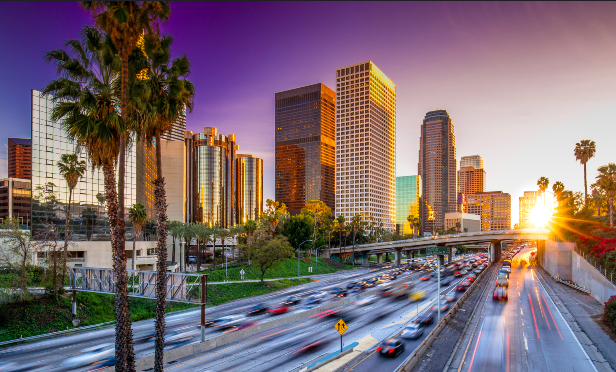 Is there still room for the mall format in the new retail world? There have been a lot of headlines about the death of the mall, but massive mall makeovers—including the $1 billion Westfield Century City renovation—prove that malls can be revitalized and even more successful with the right plan and upgrades.
Is there still room for the mall format in the new retail world? There have been a lot of headlines about the death of the mall, but massive mall makeovers—including the $1 billion Westfield Century City renovation—prove that malls can be revitalized and even more successful with the right plan and upgrades.
"The idea that the mall is going to disappear is fundamentally flawed. Instead, the likeliest result is going to be an evolution of the concept that fits newer consumer behaviors," Ethan Chernofsky. VP of marketing at Placer.ai, tells GlobeSt.com. "One of the most obvious is a shift away from the cookie-cutter perspective that sees all or most malls following the same pattern with the same types of stores and experiences. Far more interesting is a future defined by many malls creating unique identities and speaking to different audiences. That environment is one that can support a wider variety of offerings that cater to different market segments."
Following the renovation project at Westfield Century City, the mall had a 92.7% increase in foot traffic. Other mall renovations, like Scottsdale Fashion Square, Westfield Garden State Plaza and Mall at Short Hills, also saw a significant increase in foot traffic following the renovation. While renovation is important, each owner has its own approach. "There is no handbook, but I think the best makeovers have in common a clear sense of direction," says Chernofsky. "They know what they are looking to achieve and this finds continuity through the tenants, experiences, design and more."
Successful mall makeovers are well worth the capital investment—which can be significant—but even the less successful ones often result in an improvement. "There will certainly be makeovers that are more or less successful, but that doesn't necessarily make the decision not worth it," says Chernofsky. "There is a clear opportunity that many investors are looking to take advantage of, and while not all will succeed, the opportunity is certainly real."
In many cases, malls will need to take the plunge and invest in revitalization, especially as big box retailers shutter. Many mall owners will need to find ways to utilize that space. "Property owners are getting creative and this is a great thing. From new types of tenants like co-working spaces to expanding food and experiences in place of classic anchors, there is a clear push to innovate," says Chernofsky. "And this is a big step. Consider co-working spaces, they provide malls with an audience that comes on an ongoing basis, and can provide people to frequent the malls restaurants and stores. This is a win/win for malls giving both ongoing customers and a new sustainable tenant, generally in spaces that are not the most sought after. More important than the type of tenant is the type of thinking that leads to more creative approaches."
© Touchpoint Markets, All Rights Reserved. Request academic re-use from www.copyright.com. All other uses, submit a request to [email protected]. For more inforrmation visit Asset & Logo Licensing.






